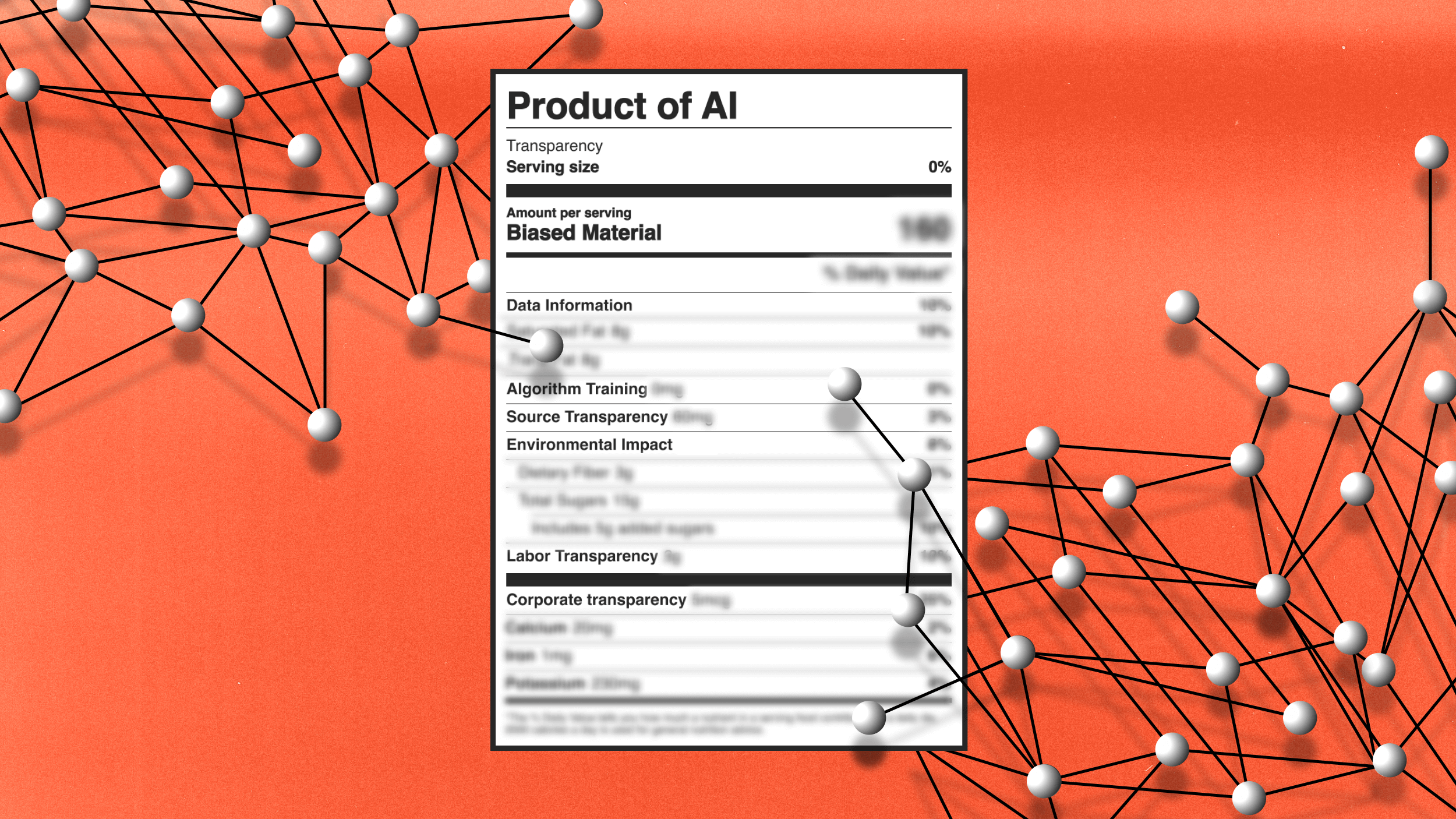Can Chemists Do a Better Job of Engaging the Public?

The communication of chemistry to wider society is difficult because of ‘chemophobia’, its inherent complexity and its lack of unifying grand themes, explain Matt Hartings and Declan Fahy in an article this week at Nature Chemistry. They recommend that in order to engage with citizens about the benefits and related dangers of the field, chemists must improve their dialogue with broader sections of the public. But how?
Hartings is a professor of chemistry and Fahy a professor of communication at American University, Washington DC. In a guest post today, Fahy discusses the article and their recommendations on paths forward. Hartings also has a post at his blog ScienceGeist.
You can read a PDF of the article at the Climate Shift Project web site where Fahy is a faculty fellow — Matthew Nisbet.
Science writer Deborah Blum initially proposed as the subtitle to her book The Poisoner’s Handbook:“A True Story of Chemistry, Murder and Jazz Age New York”.
When the book was published, its sub-title was: “Murder and the Birth of Forensic Medicine in Jazz Age New York”.
Spot the word that was edited out?
The reason, according to Blum, was that her publisher’s “sales team said that the word chemistry on the book’s cover would tank sales”.
It seems that, paradoxically, books about chemistry need to avoid mentioning chemistry in order to be popular (see also Sam Kean’s bestselling The Disappearing Spoon: And Other True Tales of Madness, Love, and the History of the World from the Periodic Table of Elements).
This is symptomatic of chemophobia: what scientist and popular science writer Pierre Laszlo described as public fear and hostility towards chemistry.
The historical associations of the field have contributed to chemophobia: the so-called Chemist’s War of WW1, the devastation of Bhopal, the casting of DDT as Silent Spring’s villain.
But there are other barriers to communicating chemistry. It is inherently complex, its equations excluding the uninitiated from understanding its inner workings.
It is, in writer Philip Ball’s phrase, a science of synthesis. This means that, unlike physics and biology, it has a lack of grand unifying themes that can be woven into narratives in popular culture storytelling.
But the contemporary social, pluralistic and participatory communication environment offers opportunities for chemists to overcome these challenges to engage different audiences with their work.
In the commentary article, we recommend five strategies based on insights from the academic field of science communication that chemists can use to engage new audiences.
These are:
Each are standard techniques and principles from communication studies, but we argue that for these approaches to be effective, chemists must leave behind any preconceived notions for their preferred forms of communication.
The aim is to foster trust in chemists and chemistry, build lasting relationships with different audiences, and encourage public dialogue about the field. Public engagement with chemistry means more than just better public relations for chemistry.
–Guest post by Declan Fahy, PhD, Assistant Professor of Science, Environmental and Health Journalism in the School of Communication at American University.
Citation:
Hartings MR, & Fahy D (2011). Communicating chemistry for public engagement. Nature chemistry, 3 (9), 674-7 PMID: 21860452
See Also:





